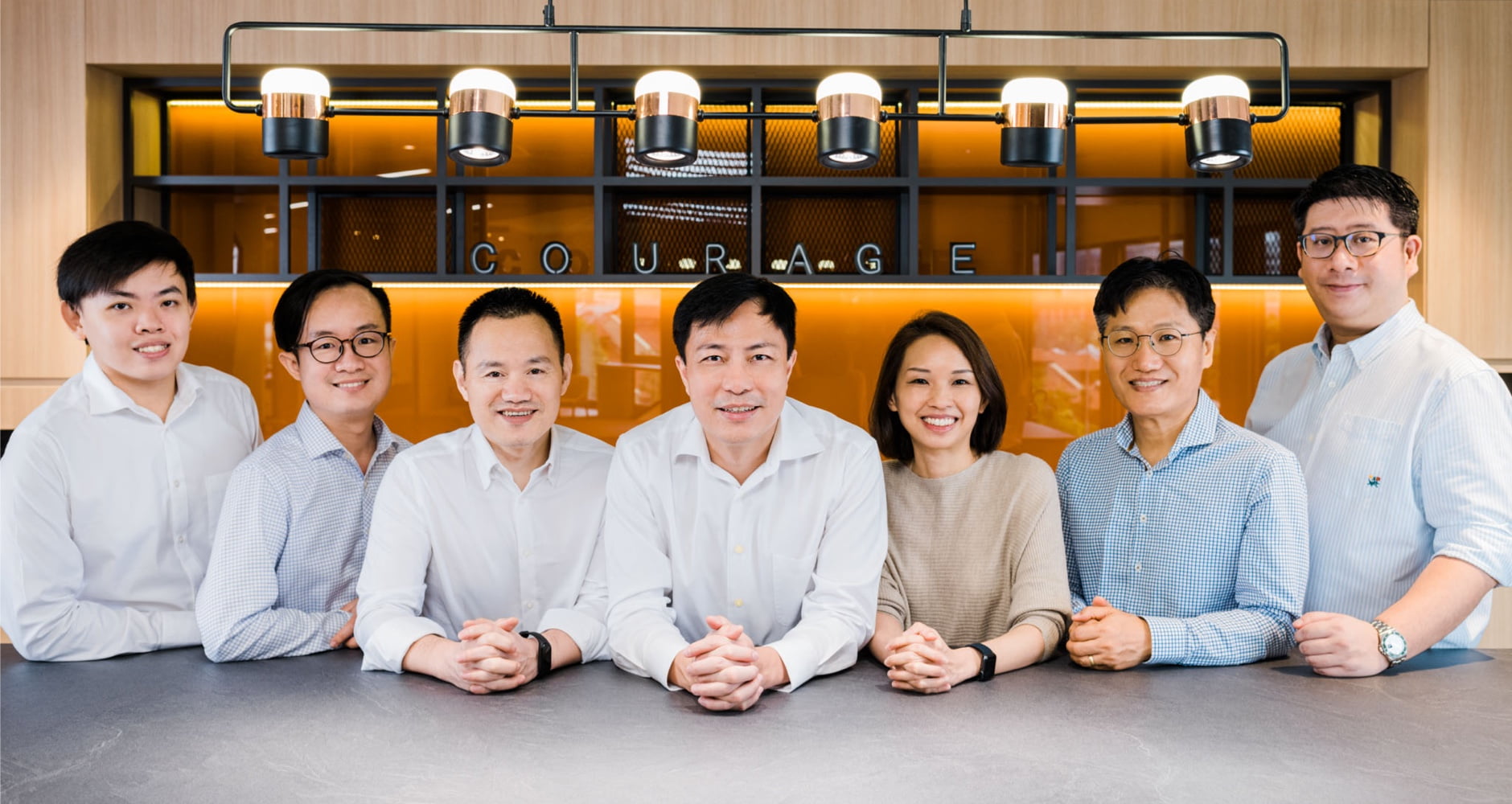Redefining audit assurance through digital transformation
Redefining audit assurance through digital transformation
The data that Group Audit (GA) gets from various business lines, geographies and entities is a core asset of OCBC Bank. Intelligent use of data allows GA to be a forward-looking and data-smart division. This involves making sense of a huge amount of data, building use cases around cross-functional datasets, and growing the audit scope by increasing efficiency.

The Project Management Office (GA-PMO) in GA was set up in 2017 to redefine audit assurance through digital transformation. The goal is to build a continuous data pipeline to expand the availability of timely information to drive risk insights from our people. These aims are met through the three key strategies of technology deployment, process improvement and training:
Technology is used to build a comprehensive, modern and scalable infrastructure to drive audit efficiency.
Processes are refined and improved to deepen risk insights through audit analytics, robotics process automation (RPA) and machine learning (ML).
People are constantly reskilled and upskilled to ensure all auditors are trained to use data to provide value to business units.
Three pillars support these strategies:
- Data Engineering
- Data Analytics
- Data Science
“Digital transformation in GA redefined the way we provide audit assurance through expanding the availability of timely information and driving risk insights from our people.”
- Howard Dan, Head of Group Audit Project Management Office
Pillar One: Data Engineering
The foundation of data integrity and data management involve collecting, managing, and transforming raw data into usable information where knowledge is harnessed. The Audit Data Engineering team within GA-PMO plays a key role in designing and building infrastructure, applications and services to enable this to take place.
An example is the development, automation and maintenance of different data pipelines through a suite of tools such as Robotics Process Automation (RPA), Data Integration and Analytical software, SQL and Big Data query platforms. Most recently, GA-PMO developed RPA scripts for teams to automate the extraction of transactional records from various systems. This has reduced manual effort from a few days to a few hours, enabling auditors to spend more quality time processing information to generate useful insights.
In the past, Audit clients typically provided data only when requested. Now, the data stores are regularly populated with data elements needed for audit engagements. Auditors can retrieve data when needed and populate dashboards promptly with the most recent data. This saves time for audit clients and provides opportunities for pre-emptive discussions on emerging risks.
Pillar Two: Data Analytics
This is where Audit meets Data. GA-PMO uses digital transformation to accelerate risk discovery to generate valuable insights. This is made possible by designing and developing interactive audit dashboards using the results from the relevant data analytics, RPA and machine learning models. This allows for continuous risk assessments and auditing, translating to a sharper audit focus.
For example, GA-PMO created dashboards that use data visualisation to simplify the interpretation of data. The interactive capabilities of these modern dashboards combined with the synergistically linked datasets have allowed auditors to explore and analyse data quicker, more conveniently and comprehensively than ever before.
The second example of using data analytics within GA was the in-house development of a network analysis app in response to the growing focus on the relationships among customers. GA-PMO specifically tailored and customised the app to supplement existing dashboards. Auditors use the app to analyse networks created by customer links and reveal points of audit interest which were not easily seen previously.
Pillar Three: Data Science
Machine learning (ML) technologies are married with conventional data analytical approach to transform the way GA works with data to deepen risk insights. The GA-PMO team constantly explores new models for supervised and unsupervised ML in areas such as natural language processing, sentiment analysis, anomaly detection and network analysis.
Most recently, GA-PMO developed a model to identify abnormal network behaviours in important systems to supplement existing security control in identifying potential breaches. The team worked closely with auditors with domain and technical knowledge to navigate the vast data sets and make sense of the results. The GA-PMO team is currently designing a chatbot to better engage internal stakeholders by sharing more about GA’s role as the third line of defense and collecting feedback on GA.
An interesting recent project involved sentiment analysis of news articles as a leading risk indicator. This included capturing news across the countries in which the Bank operates.

